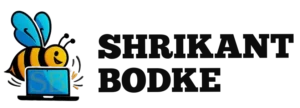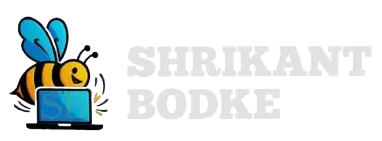Web development is the process of building and maintaining websites and web applications that are accessible via the internet or a private network. If you’re just starting out, here’s a structured roadmap to help you understand the essentials and begin your journey in web development.
What is Web Development?
Web development refers to all the work involved in creating websites or web applications, from simple static pages to complex platforms like e-commerce stores or social networks. It includes both the design (how things look) and the development (how things work) aspects, but the term “web development” typically focuses on the coding and technical side.
How the Web Works: The Fundamentals
Before diving into coding, it’s helpful to understand how the web functions:
-
Websites are collections of web pages stored on servers and accessed via browsers (like Chrome or Firefox).
-
IP Addresses are unique identifiers for devices on the internet, but we use domain names (like google.com) for convenience.
-
HTTP/HTTPS are protocols that define how data is transferred between your browser and web servers. HTTPS is the secure, encrypted version.
-
Browsers interpret code (HTML, CSS, JavaScript) to display web pages to users.
The Three Pillars of Web Development
1. HTML (HyperText Markup Language)
-
Purpose: Structures the content of web pages—think of it as the skeleton1467.
-
What you do: Use HTML to add headings, paragraphs, images, links, and lists to your page.
-
Example:
xml<h1>Welcome to My Website</h1>
<p>This is my first web page!</p>
2. CSS (Cascading Style Sheets)
-
Purpose: Styles and visually formats your HTML content—like adding colors, layouts, and fonts467.
-
What you do: Use CSS to make your website look attractive and user-friendly.
-
Example:
cssbody {
background-color: #f0f0f0;
font-family: Arial, sans-serif;
}
h1 {
color: #3333cc;
}
3. JavaScript
-
Purpose: Adds interactivity and dynamic behavior to your website (like forms, animations, and games)1467.
-
What you do: Use JavaScript to respond to user actions, validate forms, and create engaging experiences.
-
Example:
javascriptdocument.getElementById("myButton").onclick = function() {
alert("Hello, world!");
}
Front-End vs. Back-End Development
| Aspect | Front-End | Back-End |
|---|---|---|
| What it does | User interface and experience | Server, database, and application logic |
| Main languages | HTML, CSS, JavaScript | PHP, Python, Node.js, Ruby, Java, etc. |
| Runs on | User’s browser | Web server |
-
Front-End: Everything the user sees and interacts with.
-
Back-End: The behind-the-scenes logic, databases, and server operations.
Getting Started: Your First Steps
- Set Up Your Environment:
Install a code editor (like VS Code) and a few browsers for testing. - Create Your First Web Page:
Start with a simple HTML file, add some content, and open it in your browser. - Style with CSS:
Link a CSS file to your HTML and experiment with colors and layouts. - Add Interactivity with JavaScript:
Try simple scripts to make your page interactive. - Publish Your Website:
Once you’re comfortable, you can use free hosting services to put your site online.
Learning Resources
-
MDN Web Docs: Structured tutorials and challenges for beginners.
-
W3Schools: Step-by-step roadmaps and interactive examples.
-
BrowserStack & HubSpot Guides: Beginner-friendly explanations and tips.
Conclusion
Web development is a dynamic field that starts with understanding how the web works and mastering the core languages: HTML, CSS, and JavaScript. With practice, you’ll be able to build and launch your own websites, setting the foundation for deeper learning and specialization in areas like back-end development, frameworks, and advanced web technologies.

